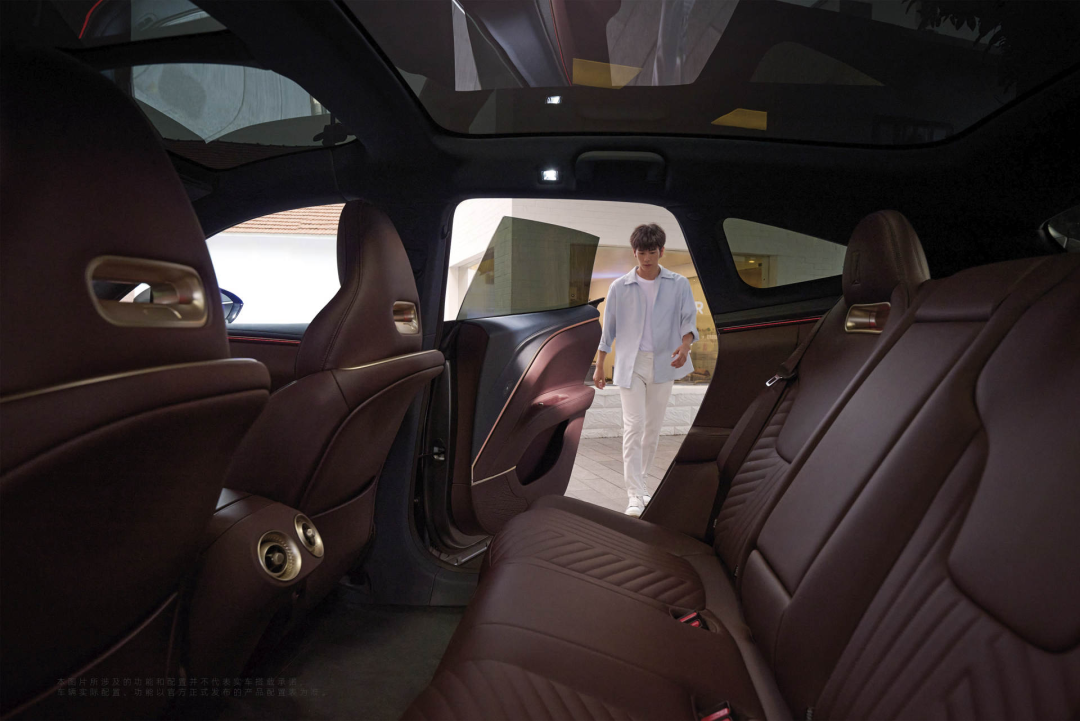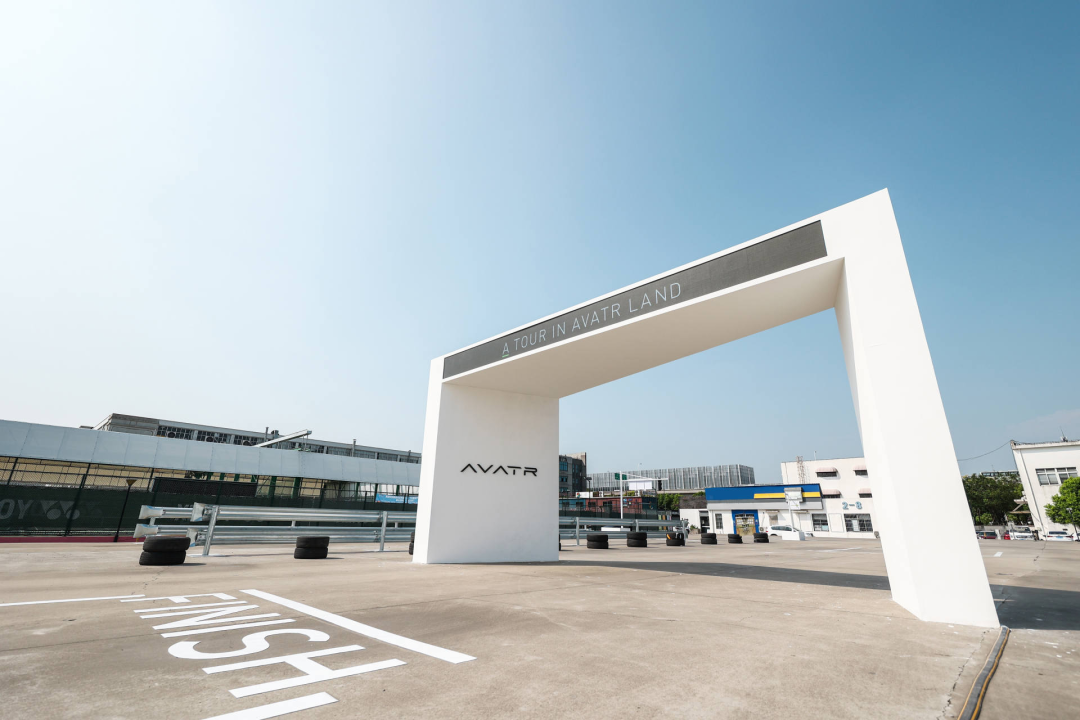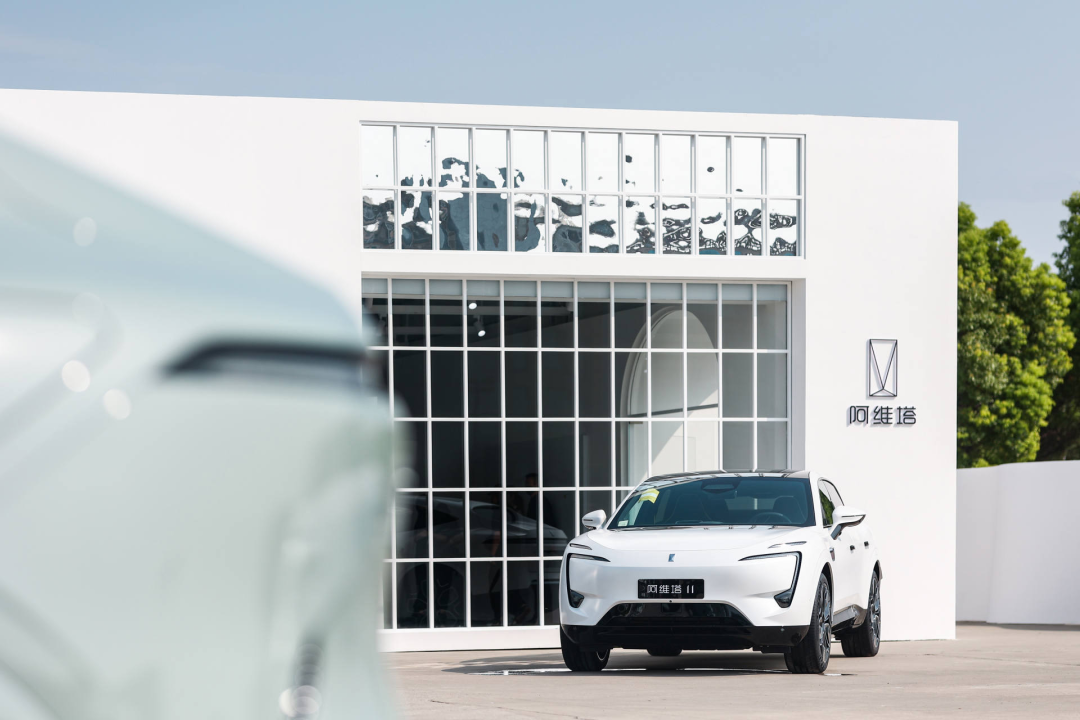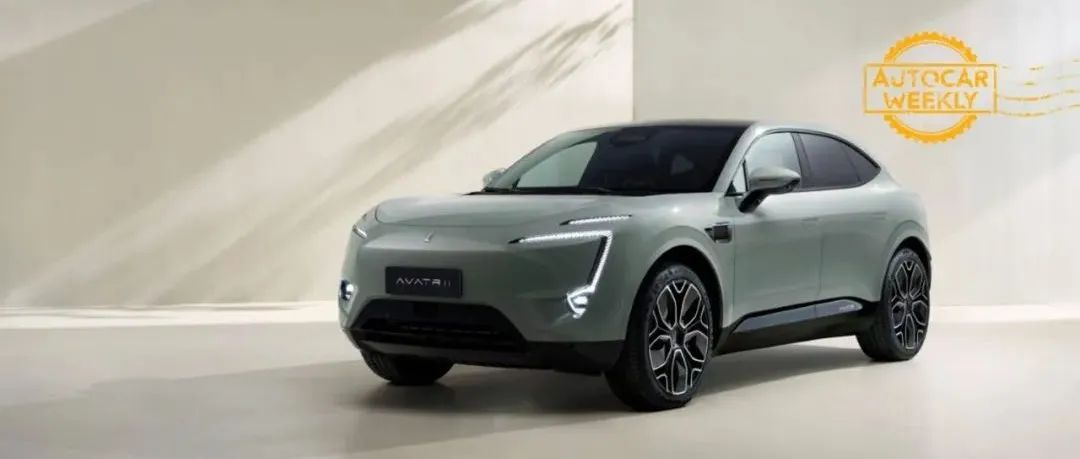Hu La Quan
In order for Chinese people to have their own high-end cars and for “Chinese cars” to become a source of pride for the nation, China’s automobile industry has worked hard for decades.
During these decades, independent brands have achieved a lot, but also encountered many obstacles. We once thought that a car with four wheels and a luxurious configuration was a luxury car. We also thought that using an electric motor to create high power and fast acceleration was a luxury car.
However, the current state of the industry tells us that the world of high-end cars is more complex than these factors. While the data that can be reflected in specifications and tests are crucial components of luxury cars, the most crucial aspects are still difficult to express in words, such as the refined and muted performance that sets the industry standard.
The most important parts are always difficult to describe. While luxury configuration and high-powered dynamic performance have their barriers to entry, they are ultimately more straightforward to achieve. It is the comfort and serenity that distinguish luxury cars from low-priced ones that require investment, experience, and accumulation, with no shortcuts or reliance on vanity.

Experience is the Best Teacher
As a historical mission to further promote China’s automobile industry and break through new heights, Changan Automobile, Huawei, and CATL have formed a joint venture, Avita Technology. The CHN, the first mass-produced car model of Avita’s next-generation intelligent electric car technology platform based on each party’s strengths, has made Avita a pioneer for domestic high-end and luxury cars.
Impressively specified parameters, fully-equipped configurations and top performance data that have been tested in the real world can all be plainly represented on paper and in videos. However, the driving experience, atmosphere, and quality of the vehicle, as well as the sensations experienced by the driver and passengers in terms of the integration of the silent driving and dynamic performance, are what truly sets luxury cars apart, and can only be conveyed through firsthand experiencing.

Therefore, in order to allow more consumers to experience the strength and performance of the Avita 11, starting from September, Avita has gradually opened the “Avita Driving and Control Camp” national user experience activity in ten cities throughout China, starting with the first stop in Shanghai on September 8th. This is the first time since the release and announcement of the selling price of the Avita 11 that it has offered offline experiences with real cars.If dry figures are cold and lifeless, then the dynamic test drive vividly demonstrates the Aviar 11’s robust performance. At the Shanghai experience event, we personally experienced the formidable power of the Aviar 11’s 425kW dual-motor intelligent four-wheel drive system and the high-performance all-aluminum Brembo opposed four-piston caliper braking system.
With only 3.98 seconds of zero-to-100km/h acceleration and a stopping distance of less than 35 meters, the numbers may be impressive on paper, but behind the wheel, it is the adrenaline-inducing awe that leaves a person speechless.
To truly appreciate the driving feel of the vehicle in challenging conditions, one must sit behind the wheel and experience firsthand whether the Aviar 11 is composed and confident or strained and struggling. In the simulated challenging road conditions of the cross-axis and lateral slope test, the Aviar 11’s front and rear electric drive independent control and intelligent force distribution allow for smooth and effortless navigation, even when some of the wheels have lost traction.
When it comes to sound quality, how much does the humming noise inside the cabin decrease when driving a new car, and how does the acoustics sound when music is played? These are all questions that can only be answered through personal experience. Therefore, the driving experience camp also includes a static experience area, allowing consumers to experience the difficult-to-describe auditory sensations of the Aviar 11 before its widespread release.
On the topic of sound quality, the Aviar 11 is not merely an amplifier with the aim of increasing power output. Rather, the sound system was designed with acoustics in mind from the beginning of the interior design, allowing the structural design to enhance the overall audio experience.Occupying the core position in the sci-fi interior design, the Avita 11 creatively designs the Vortex Emotional Flow behind the central control screen. Similar to a wormhole, the sci-fi designs are not only for visual aesthetics. The specially designed center speaker in the Avita 11, hidden behind the Vortex Emotional Flow, combined with the precise reflection of the windshield angle, creates a perfect mid-tone sound source. The design aesthetic and functional aesthetics are truly integrated as one.
In addition to the center speaker, the Avita 11 also brings better high-frequency pointing with an elevated tweeter on the A-pillar. The Avita 11 applies dynamic loudness compensation technology to ensure sufficient richness in low-frequency details in low-volume environments, achieving low bass, medium treble, and accurate high treble sound quality.
Moreover, the Avita 11 provides ASR low bit-rate compression audio compensation technology to help users regain the sound quality lost due to compression when streaming music. Its unique 7.1-channel concert hall mode virtually separates the human voice from the instrument sound, bringing an on-site and realistic concert experience even in the relatively narrow space of a car.
To fully enjoy a music hall-level sound system during driving, it is also necessary to have good vehicle noise, vibration, and harshness (NVH) performance. During the open road test drive in the driving experience camp, consumers can personally experience the Avita 11’s NVH performance in the actual driving environment, verifying its high-end luxury and quiet electric vehicle quality.
The Avita 11 sets up special vibration sensors in specific locations throughout the chassis, which combined with the interior microphones, creates an active road noise reduction technology, the RNC proprietary algorithm, which is the first to be mass-produced in China.
The collected road noise information is computed in real-time by DSP chips, producing anti-road noise acoustic waves from the in-car speakers to actively counteract the in-car road noise, similar to noise-canceling headphones but with higher and more complex technical standards. The system can reduce sound pressure levels by up to 3 decibels overall and up to 13 decibels at peak times in experimental tests.Apart from RNC active noise reduction technology, the passive NVH performance of Evotek 11 is also outstanding. The Huawei DriveONE 3-in-1 electric drive used adopts a silent design, and the front windshield uses multi-layer sound insulation PVB interlayer film; the 4-seat version also uses a closed trunk.
It can be said that from active noise reduction to physical sound insulation, Evotek 11 ensures its quiet performance meets or even exceeds the level of mainstream luxury cars in various aspects.
When it comes to the ceiling, go for three.
Evotek 11 has made great efforts in quietness and acoustic enjoyment to become a disruptor in the Chinese luxury electric vehicle market and truly establish a flag for Chinese cars in the high-end market. With the support of the three giants of Changan Automobile, Huawei, and CATL, Evotek can receive the strongest support in all aspects.
In terms of design, Evotek 11 is designed by Nader Faghihzadeh, who has designed many famous models such as the BMW 6 Series and i8, creating a unique and elegant exterior shape without being noisy or tasteless.
High-end cars are always recognizable in the sea of cars, but unlike many new designs that are flashy and eye-catching, Evotek 11 adopts the Gentle Tech design concept, incorporating 34 intelligent sensors, frameless doors, and curved headlights into a powerful body, creating a chic, elegant, simple, and suspended appearance.
Under the elegant and beautiful appearance, Evotek 11 has a strong internal performance. In addition to the powerful motor and performance, the bottom of the car is equipped with CTP ternary lithium battery pack from CATL. With two different capacity battery packs of 116 kW·h and 90 kW·h, they provide a super long range of 680 kilometers for the ultra-long range version and a range of 555 kilometers for the long range version, respectively. It supports 750V high-voltage fast charging, and the maximum charging power can reach 240 kW. With 10 minutes of charging, the range can be increased by 200km.
The fluidic rear quarter window of the car’s tail, not only pays tribute to the tail shape of classic cars of the 1960s in appearance, but also adds rigidity support structure to the rear of the back row that other SUVs do not have. The steel-aluminum hybrid body with an aluminum alloy content of up to 32.8% increases the torsional stiffness to 1494 KN·m/rad, providing a high foundation for the mechanical quality of the entire vehicle.With the support of Huawei’s cooperation, AVITA 11 becomes China’s first high-end SEV with the HI Huawei full-stack intelligent automotive solution as standard in the entire series. Even as “Huawei cars” are becoming increasingly common today, AVITA, with its official strategic cooperation with Huawei, always stands out from the crowd.
The AVATRUST Sensing System includes up to 34 sensors of various types, including three LiDARs. The AVATRUTH Supercomputer System adapts to more complex domestic road traffic environments with high-performance computing platforms and fusion perception algorithms. The AVATRANS Smart Navigation System includes high-speed NCA and urban NCA intelligent driving navigation assistance, enabling the vehicle to achieve a full-scene intelligent driving experience.
In this age of ceiling-splattering, if one ceiling is not enough, AVITA 11 says it wants to hit three. From design to performance, and from performance to intelligence, AVITA 11 has achieved a ceiling-high level in the most important three aspects of intelligent electric vehicles today.
In the past, we have seen Japanese automakers use “don’t spill a drop of champagne” to prove the smoothness of their engines in order to enter the luxury market. Today, with the advent of the electric era, just like with not spilling a drop of champagne, the driving and riding experience inside the car, especially the indescribable and irreplicable tranquility and enjoyment, is still the key to determining the value of automotive brands.
China’s automotive industry has been catching up in the underlying mechanical aspects in recent years, forming the foundation for Chinese brands to make a foray into the high-end market. Meanwhile, new technologies such as RNC active noise reduction technology have given Chinese brands an opportunity to overtake on the inside lane. It is only with the dual force of the new generation of black technology and profound manufacturing accumulation that AVITA 11 becomes a breakthrough point for China’s automotive industry to level up.

This article is a translation by ChatGPT of a Chinese report from 42HOW. If you have any questions about it, please email bd@42how.com.
